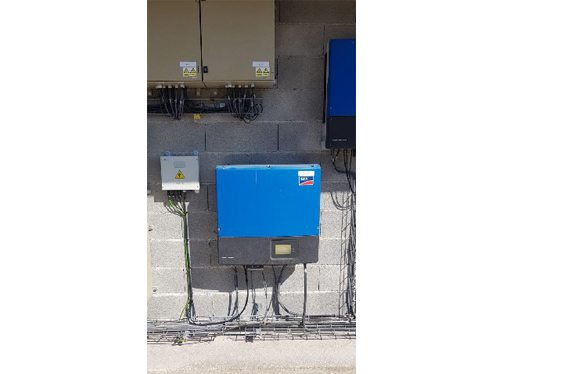Apr 06, 2021
Potential induced degradation (PID) is a phenomenon that has only recently become a concern in the photovoltaic industry. PID impacts the ions of a solar cell and results in the degradation of the output of that cell.
PID can significantly reduce the power output of a photovoltaic (PV) module within the first year of operation, with power losses at the module level as high as 70% in the first 18 months. These module-level losses can progress rapidly and become so severe that they affect the performance of an entire system.
Potential induced degradation is often seen as a defect with the module but requires system-level changes. The occurrence of PID depends mainly on the electrical configuration of the system and module design/construction. However, system voltage, temperature, humidity and irradiance also contribute to the occurrence of PID.
PID occurs in systems where there is a high negative potential relative to earth. This happens if the negative pole of the inverter is ungrounded or in a bipolar configured system where the positive pole of the inverter is connected to the ground.
PID does not occur in grounded systems, where the negative pole of the inverter is grounded, or in systems less than or equal to 600V, which eliminates the high negative voltage potential that drives the PID phenomena.

In photovoltaic plants with grounded electrical configurations, PID can be prevented reliably by grounding the negative pole of the inverter.
However, in systems susceptible to PID, it’s very hard to predict when and where PID might occur. Engineers recommend that a technical review for PID susceptibility be performed for any system where it can’t be confirmed that the negative pole of the inverter is grounded.
In cases where PID is possible, modules should be certified PID resistant by a reputable third-party organization such as PI Berlin, TÜV, or Underwriter Laboratories (UL). At this time there is not an approved industry standard for certifying modules for PID resistance.
However, the PV industry has created a series of tests, IEC62804, which is useful in measuring reliability. HSB engineers also recommend anti-PID measures be implemented at the inverter until there is sufficient data to show that module certifications are effective.
Improper mitigation actions can result in equipment damage to the plant and may void some manufacturer warranties.
Changes to the electrical configuration of the facility
Replacement of modules
Installation of additional equipment
A combination of these
The process for detecting, confirming and mitigating against PID can take from several months to several years depending on the negotiations between the suppliers, operations and maintenance (O&M) providers, engineering, procurement and construction (EPC) contractors, owners and developers.
Many articles state that the effects from PID are reversible and that once the appropriate mitigation activities are implemented the modules will begin to recover, but this is not always the case. In precisely controlled laboratory conditions, some modules have shown improvement, but this depends on the severity of the power loss at the time recovery started.
Modules with slight power losses less than 10% generally recover, but those with severe power loss greater than 30% are not expected to fully recover. The strategy for resolving the effects of PID can have a significant impact on future plant performance.
How Do Solar Panels Help The Environment?
Nov. 23, 2021
Follow Us
Navigation